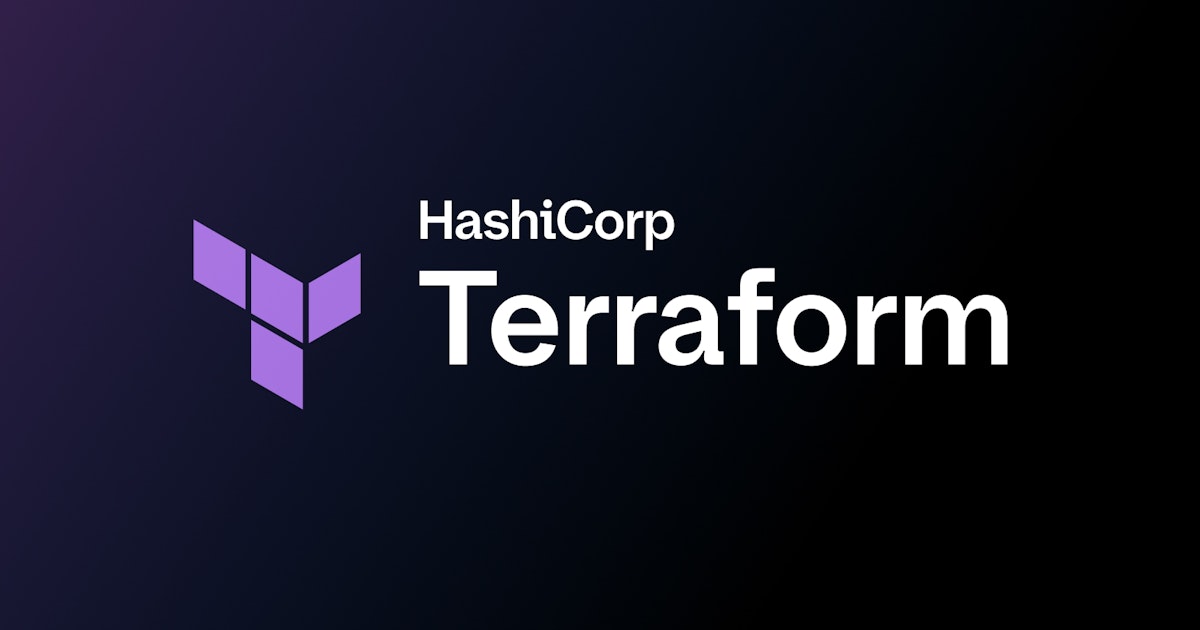In the realm of infrastructure as code (IaC), the importance of governance and standardization cannot be overstated. These elements serve as the backbone of a successful enterprise IT strategy, ensuring that various infrastructure components are deployed in a consistent, controlled manner. One of the key tools that organizations are leveraging to achieve this is Sentinel, a policy as code framework integrated within HashiCorp’s HCP Terraform and Terraform Enterprise. Let’s dive into how Sentinel can be utilized to enhance governance and enforce compliance across infrastructure deployments.
Understanding Sentinel and Its Role in Governance
Sentinel acts as a crucial guardrail for IT teams, evaluating Terraform plans against predefined policies before any changes are applied to the infrastructure. This ensures that all deployments comply with organizational requirements, security best practices, and architectural standards. Essentially, Sentinel helps maintain a secure and standardized infrastructure environment.
One of the significant governance challenges that organizations face is controlling the source of Terraform modules. Without proper oversight, developers might inadvertently introduce security risks or performance issues by using modules from unvetted public sources. To mitigate this risk, companies can maintain a private module registry, a centralized repository that houses approved, tested, and standardized infrastructure components. By doing so, organizations ensure that all modules used meet their security and compliance standards.
Benefits of Enforcing Private Module Registry Usage
Utilizing Sentinel policies to enforce the use of modules from a private module registry offers several benefits:
- Enhanced Security: By ensuring all infrastructure components come from trusted, internal sources, organizations can significantly bolster their security posture.
- Compliance Maintenance: Using pre-approved modules ensures adherence to regulatory requirements, minimizing the risk of non-compliant configurations.
- Standardization and Resilience: Encouraging the reuse of consistent, well-designed modules across teams improves standardization and resilience, making the infrastructure more robust and reliable.
- Accelerated Development: A catalog of ready-to-use, organization-specific building blocks can significantly speed up development processes, allowing teams to focus on innovation rather than infrastructure setup.
Crafting a Sentinel Policy for Private Module Registry Enforcement
In this post, we will explore how to create a Sentinel policy that mandates the use of a private module registry. This involves preparing a GitHub repository to house the Sentinel policy code, which will enforce module sourcing from approved Terraform organizations. The policy requires two parameters:
- Address: This defines the domain where the Terraform service is hosted. By default, it points to "app.terraform.io". For Terraform Enterprise users, this can be customized to match their deployment’s domain.
- Organizations: This parameter lists approved organization names for module sourcing.
The policy evaluates module sources against this list and fails if modules are sourced from unauthorized locations. This ensures that all infrastructure deployments use sanctioned modules from the private registry.
Setting Up the Sentinel Policy in a GitHub Repository
To get started, the Sentinel policy code is copied into a GitHub repository. After forking the repository, users can view the sentinel.hcl file, which defines the enforcement level for the policy. In this example, the enforcement level is set to soft-mandatory, allowing developers some flexibility while still guiding them toward compliance.
For those interested in different enforcement strategies, Sentinel offers various levels: advisory, soft-mandatory, and hard-mandatory. Each level provides different degrees of enforcement, catering to diverse organizational needs.
Creating and Connecting the Sentinel Policy
Once the policy is set up in the GitHub repository, the next step is to integrate it with HCP Terraform. Navigate to the Settings section in the HCP Terraform UI, then proceed to Policy Sets to connect a new policy set.
The process involves selecting your version control provider, configuring settings, and connecting the policy set to the forked repository. It’s essential to set the scope of the policies, and for demonstration purposes, this can be set to global. The configuration also includes adding parameters, like the list of approved organizations, ensuring that the policy is tailored to your organization’s specific requirements.
Testing the Sentinel Policy
Testing the policy is crucial to ensure it functions as intended. In this post, we explore three different scenarios using separate workspaces:
- Scenario 1: This tests the policy using only the private module, ensuring compliance and demonstrating successful policy implementation.
- Scenario 2: Here, only a public module is used. This scenario is designed to fail the policy check, showcasing how Sentinel provides immediate feedback to developers, guiding them to use approved modules.
- Scenario 3: This scenario uses resources and data sources directly without any modules. The policy passes, illustrating that root-level resources are not affected by the module sourcing policy.
Conclusion and Next Steps
Enforcing the use of a private module registry through Sentinel policies provides organizations with a robust framework for maintaining governance, security, and compliance across infrastructure deployments. By setting up and testing these policies, organizations can prevent unauthorized module usage while guiding teams toward approved infrastructure components.
This strategy not only enhances security and compliance but also improves productivity by reducing the manual review workload for compliance teams. For those interested in further exploring Sentinel’s capabilities, HashiCorp provides several resources and pre-written policies, co-authored with AWS, to help organizations build out their Sentinel policies effectively.
For a deeper dive into setting up Sentinel policies and integrating them with HCP Terraform, refer to the official documentation and tutorials available on HashiCorp’s website. These resources provide comprehensive guidance on leveraging Sentinel to its fullest potential, ensuring your organization’s infrastructure deployments remain secure, compliant, and efficient.
For more Information, Refer to this article.


































